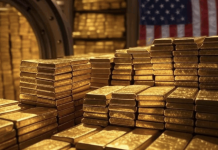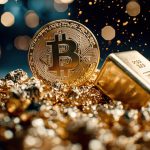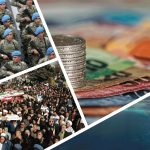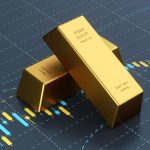Since the end of WWII, three major recessions have marked important economic turning points. Today, various indicators and unique economic factors suggest another recession is likely. The big question is how severe it will be.
The Fed, which continues to say it wants inflation of 2%, could ensure that it’s severe. That’s because 2% inflation is wholly inconsistent with current structural economic factors. If the Fed doesn’t reverse course, it could trigger an economic and geopolitical calamity of historic proportions.
If the Fed does sharply pivot, such an epic downturn could be averted, but a milder recession still would be likely. The problem is that given the fractured state of the U.S. economy, even a mild recession could snowball.
In the Great Recession of 2007-09, which ushered in an age of quantitative easing, our extremely high debt levels made the recovery more difficult to achieve. China’s willingness to sharply stimulate its economy, which provided extra worldwide stimulus, was a critical factor in our recovery and likely meant we suffered far less than otherwise. Back then, China probably would have stimulated even if facing just a mild U.S. recession. Today, though, China is far less dependent on U.S. markets.
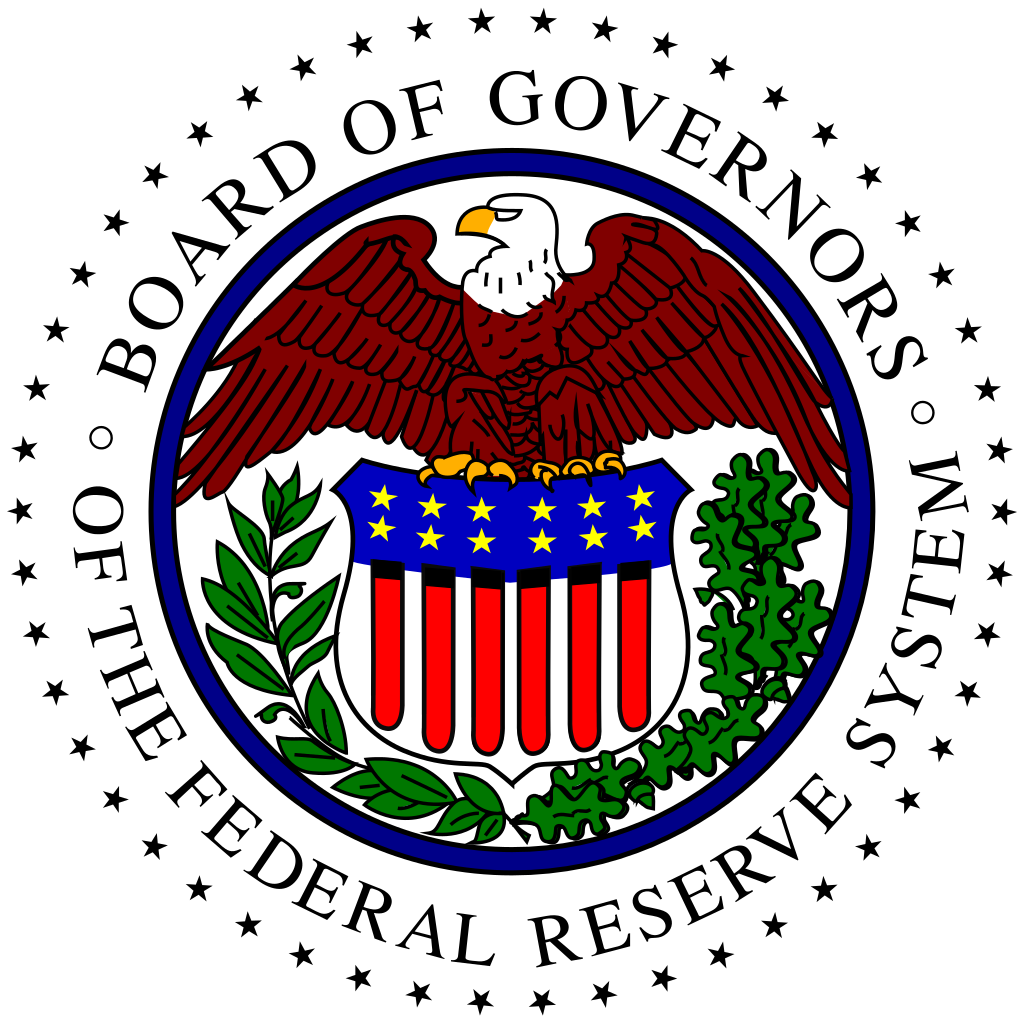
Also consistent with recession are demographic factors, such as the drop in U.S. life expectancies from a high of 79 years to 76 years today. True, the pandemic played a role. But the pandemic was a global phenomenon. Since the century’s start, U.S. life expectancy is about flat vs. a three-year average gain in developed countries, to about 79 years. China’s life expectancy this century has risen by six years, to 78.
Throw in a highly fractured populace and an upcoming presidential election, and it’s a recipe for even a mild recession sparking social upheaval. That could bring on further economic weakness, in a vicious circle that ends with the U.S. a vastly diminished force.
Not surprisingly, many indicators have reached extreme levels. For an example, let’s compare 2-year and 20-year yields on government debt. Typically, longer-term yields are higher, because longer-term loans are inherently riskier: The longer the wait to be repaid, the greater the chance of something going wrong. You only get an inverted curve, in which shorter-term rates exceed longer-term rates, if the market is being “manipulated.” For more than a year, the Fed, whose control is largely over shorter rates, has deliberately engineered a situation in which short-term rates exceed long-term ones.
The degree and duration of the current inversion have been exceeded only once in modern history, in the early 1980s, when it led to a harsh recession in which unemployment, by one measure, reached double-digit levels. Fed Chair Paul Volcker did succeed in bringing down inflation.
Today, the economic picture is very different. Most important is the far higher level of debt at all levels – consumer, commercial, and government. With short-term rates so high, it costs a lot more to service long-term debt. For consumers, this can mean paying higher interest on mortgages and maybe having to borrow at high short-term rates to do so. For businesses, it means deferring capital expenditures that would fuel future growth. For more than half a century, whenever 2-year yields exceeded 10-year yields, a recession has followed. Given today’s already high debt levels, the Fed is playing with fire in virtually ensuring higher debt levels throughout the economy, laying the ground for a downturn that could easily feed on itself.
Another example brings us to closely examine smaller-cap stocks and companies. The Russell 2000, a proxy for smaller-cap stocks, traces small business sentiment. It’s a glaring reflection of the damage from higher short-term borrowing costs.
Remember, simply because of their size, smaller companies are inherently riskier than substantial companies. When the overall market is on solid ground, small stocks outperform big stocks because they have more room to grow. But in riskier markets, the small fry will underperform. In the current economy, net debt to earnings for companies in the Russell 2000 is more than twice as high as for the larger caps in the S&P 500.
Other small-cap averages preceded the Russell 2000. Looking at earlier measures of small-cap performance, the greatest divergence between small and large caps came on the border of the 1973-75 recession. This was the recession that resulted in the petrodollar, something we view as having been highly negative for the U.S. economy. In that period the most prominent measure of small caps declined about 85% compared to below 50% for the S&P 500 (still huge but far less so).
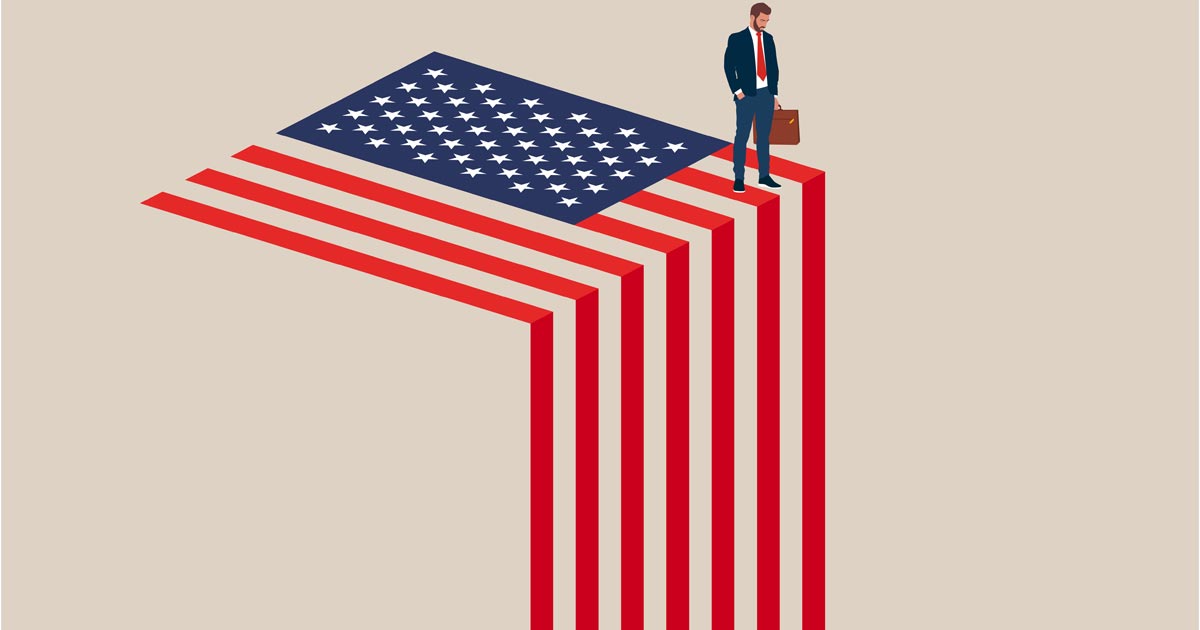
The National Federation of Independent Business (NFIB) is the leading small-business trade organization. More than 50% of its members have five or fewer employees, while fewer than 5% have more than 100 employees. These businesses account for nearly 50% of U.S. economic activity and in many ways are the lifeblood of our economy. They typically provide entry for the bulk of young people first entering the workforce and often provide essential niche products and services to large businesses. Virtually all S&P members were once small businesses.
Every month, the NFIB surveys small-business sentiment, and again, there’s a divergence of historic proportions. The general business outlook and expansion plans on the part of small businesses are at or near historic lows. In the past, such pessimism would imply that businesses would have no problem finding employees. But instead, these small businesses see labor as historically hard to find – they can find workers but not qualified workers. That relates to our inadequate educational system. The typical Chinese high school student is two years ahead in math and language of comparable Americans.
In a growing economy, the only solution is to pay ever higher salaries. This is cost (or wage) push inflation, and it’s something over which the Fed has no control. The only thing the Fed can control is overall demand. Variables like education and resource prices aren’t controlled by higher rates that tamp down demand unless the measures are so draconian as to force the economy to a near halt.
The bottom line is that to bring inflation down to 2%, the Fed would risk total catastrophe, potentially destroying a massive chunk of small businesses and leaving open who’s left standing to provide critical niche services to large companies, not to mention who’ll be able to afford the products and services those companies offer.

